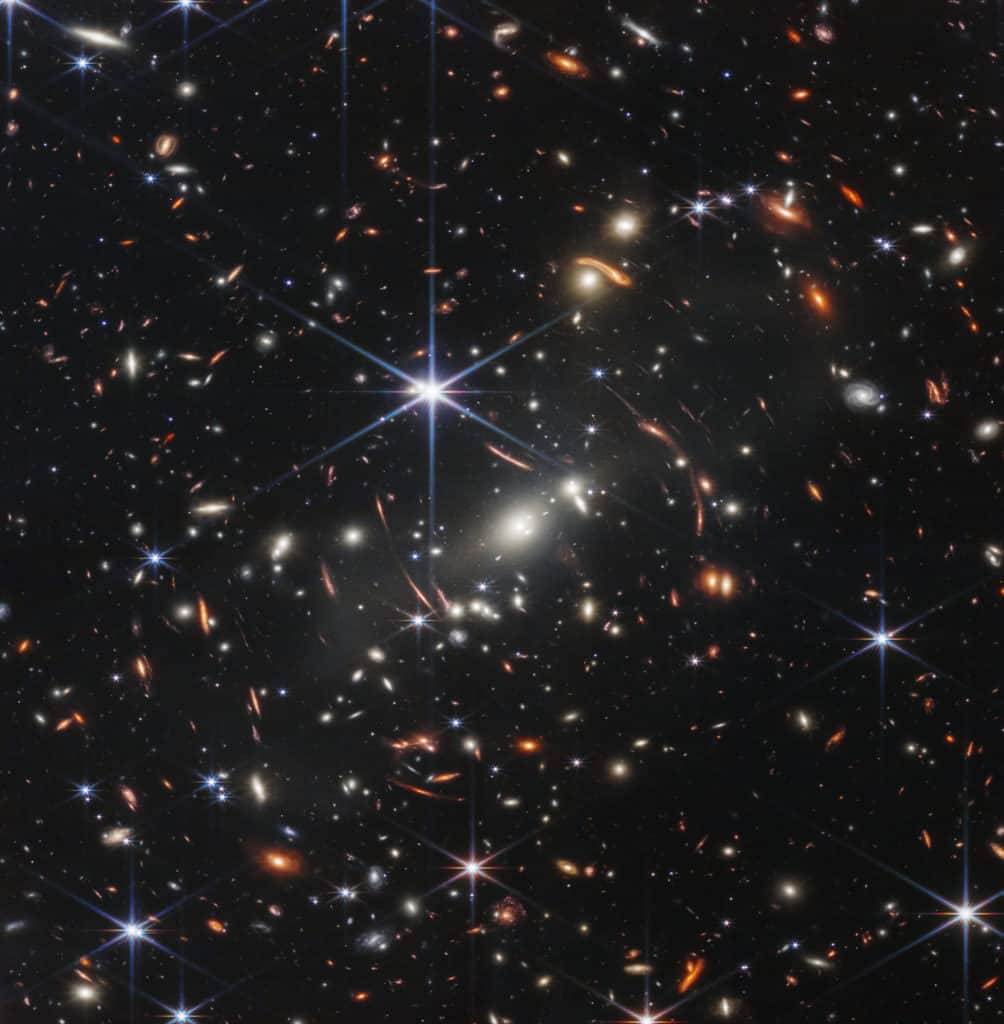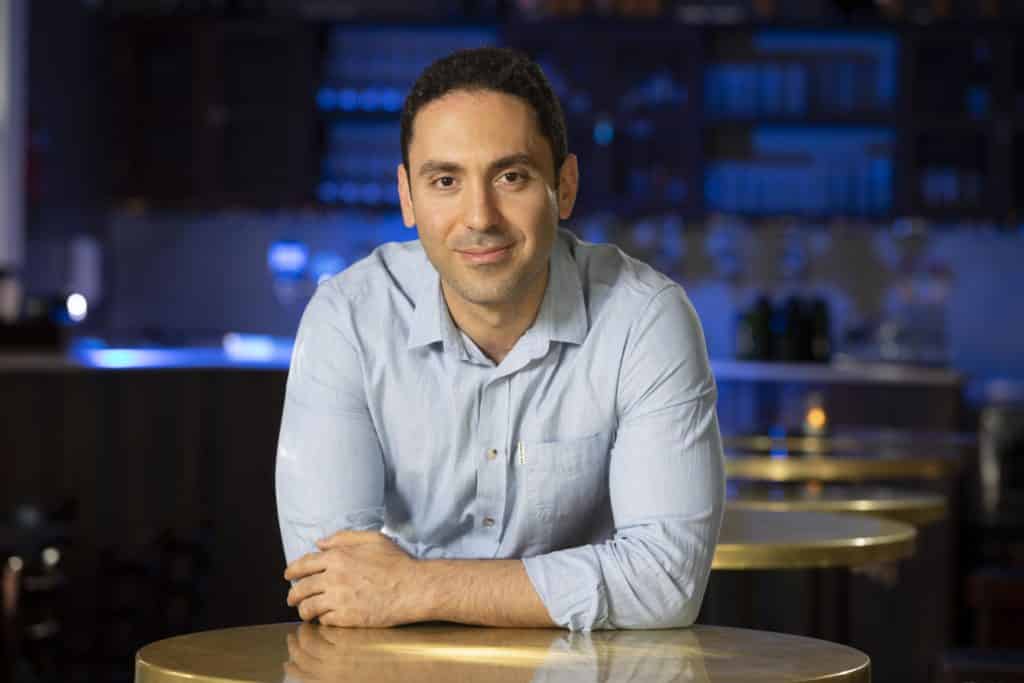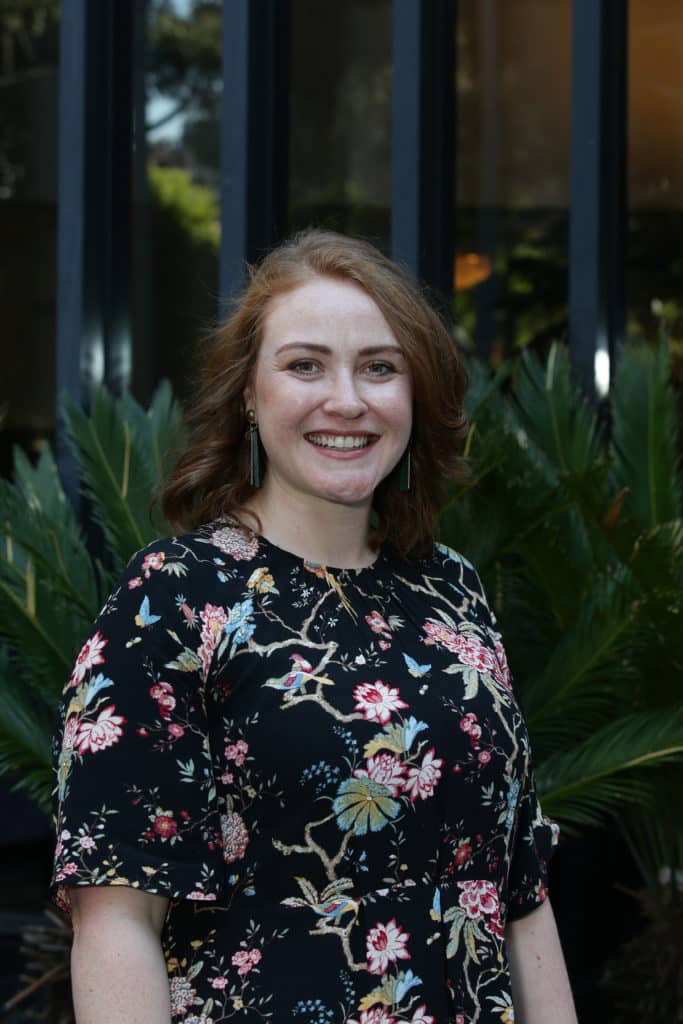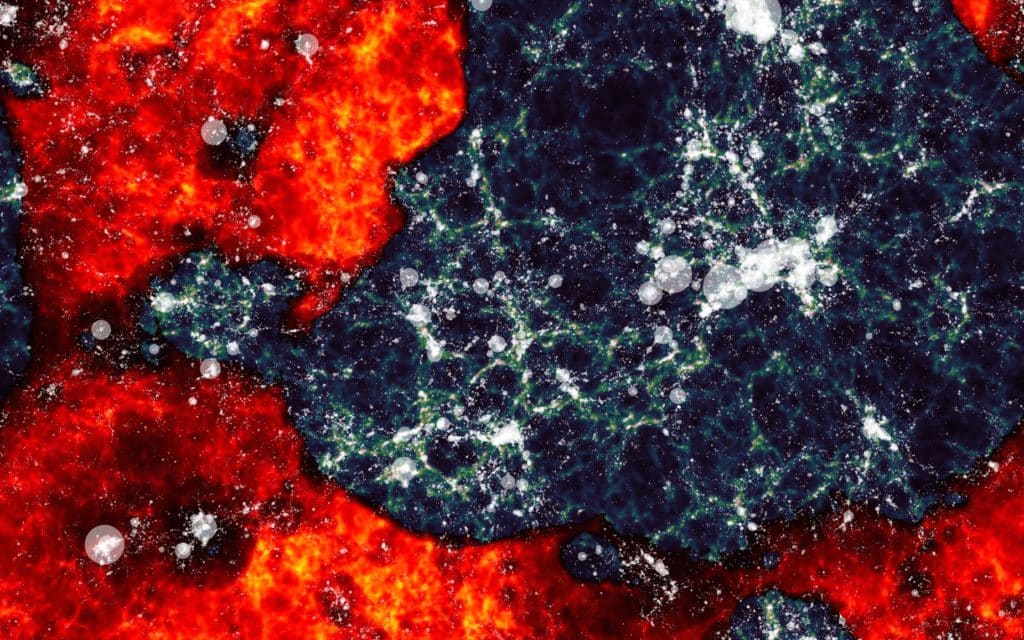Australian astronomers have been awarded time on the European Southern Observatory’s Very Large Telescope (VLT).
It will enable them to lead international teams of astronomers to perform deep observations of the Milky Way’s galactic cousins and reveal the physics of star formation and galaxy evolution in some of the most massive structures in the Universe.
The projects are led by Jesse van de Sande from the University of Sydney, and by Barbara Catinella and Luca Cortese from the International Centre for Radio Astronomy Research at the University of Western Australia. The VLT is in the Atacama Desert of northern Chile, one of the driest places in the world.
Image credit: John Colosimo (colosimophotography.com)/ESO












